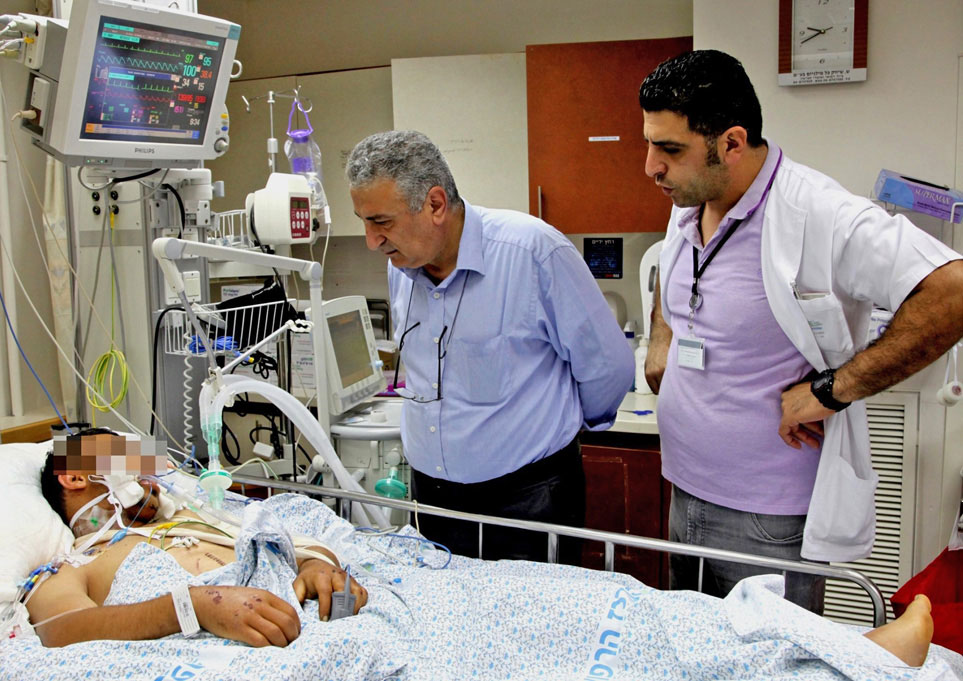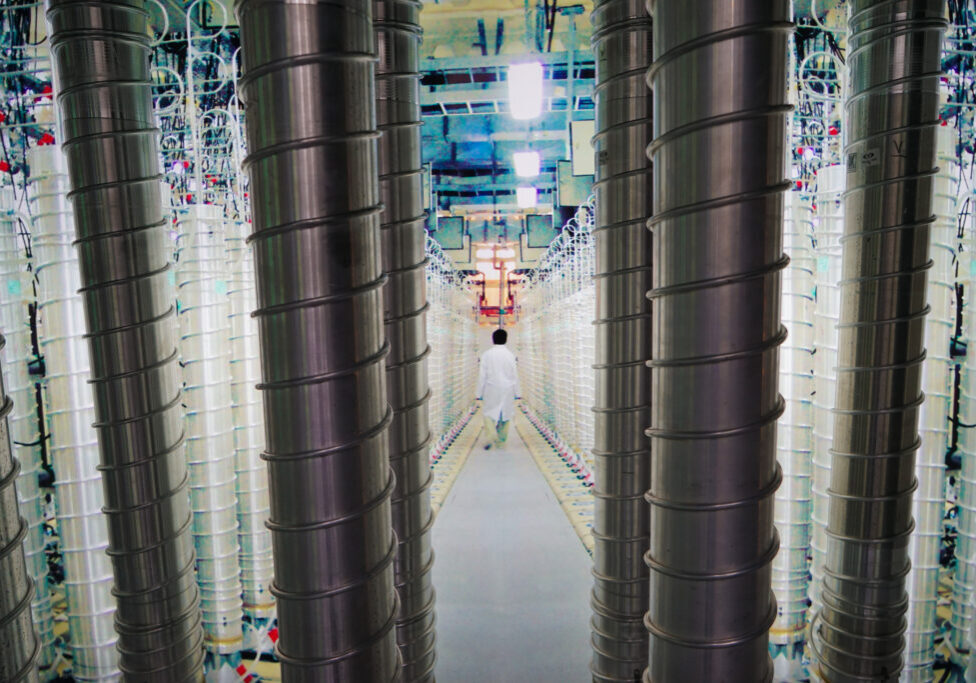Australia/Israel Review
Scribblings: The other story of Ziv Hospital
Aug 3, 2017 | Tzvi Fleischer

Tzvi Fleischer
I recently accompanied a group of journalists on a study visit to Israel and had the pleasure of visiting Ziv Hospital, in Israel’s north, in the picturesque mountaintop town of Safed.
The hospital is not particularly notable on its own account. It’s a smallish hospital whose facilities do not compare to the more famous ones elsewhere in Israel.
Ziv Hospital is of international interest primarily because it has been the major site at which wounded Syrians, who cross the Golan border fleeing the Syrian civil war, are given medical treatment in Israel. While today other hospitals are taking up more of the burden of these patients, Ziv remains the closest hospital to the Syrian border, only 35 kilometres away, and the place where international journalists usually go to hear about this genuinely fascinating story.
In all, more than 3,000 Syrian patients, many of them children, have been treated in Israel over the last few years – despite the fact that Syria is an enemy state with which Israel remains in a state of war, despite the fact that Syrians are taught to hate and fear Israeli Jews, and despite the fact that Israel can expect no recompense for the medical help offered. As we were told at the hospital, Israel has even managed to find ways to look after patient’s needs in terms of follow-up visits and ongoing care after they leave Israel and return to Syria.
Our main contact person at Ziv hospital was Dr. Michael Harari – an Australian intensive care paediatrician who, before coming to Ziv five years ago, worked at Melbourne’s Royal Children’s hospital. He had some incredible stories about the difficulties he and other doctors faced treating Syrian children, bearing wounds, both physical and psychological, unlike any he had ever faced before.
But fascinating as stories about the Syrians were, he told another story; almost in passing, which also deserves attention. It is about the community of Ziv Hospital itself.
According to Harari, the staff of Ziv, at all levels, almost perfectly reflects the communities it serves in the upper Galilee – whose population collectively is about one third-Jewish, one-third Arab Muslim and one-third Druze. This happened organically without planning or quotas, he said, and there is almost no tension or differentiation between Jewish, Muslim and Druze doctors; Jewish, Muslim and Druze administrators; Jewish, Muslim and Druze nurses; etc. And all treat patients from all three communities without fear or favour, moving from Hebrew to Arabic as needed.
In other words, Ziv Hospital is a near perfect model of multicultural integration for all of Israel – but is not completely unique in this way. It more or less reflects the reality across the health system in Israel – where integration between Jewish and Arab doctors and nurses, treating Jewish and Arab patients, is generally seamless in virtually all major hospitals. Ziv is exceptional only in having a larger than average proportion of Arab staff, reflecting the communities it serves.
As I have noted previously in this column, 23% of Israeli doctors are Arabs – more than the Arab percentage of the population. Moreover, there are growing signs that, over the last decade, other sectors are starting to catch up in terms of integration of Israeli Arabs into mainstream society and the economy. Ziv and the health system may be model examples today – but there is reason to hope that, in a decade or two more, they may be merely representative of Israeli society as a whole.
Reasons for Optimism
I lived in Israel for four years, albeit more than 25 years ago, and of course my job involves keeping up with trends and reading about Israel constantly. So I think I know something about the place – yet even I was surprised by how much I learned during this trip back (only my second since 1991.) And most of it makes me optimistic that, as a society, things there are in many ways on the right track – despite the doom and gloom that often dominates the Israeli and international media, and the sad reality that the peace process looks stuck for the time being.
Among them are:
• The town of Sderot, near Gaza, is growing rapidly – even though it remains under constant rocket threat, and it has bomb shelters on almost every corner and inside every home. Even the schools are built as bomb-proof, and the playground equipment includes colourful bomb shelters disguised as giant caterpillars, while many children suffer from PTSD. Yet new housing is rapidly being built and Israelis are happy to move in, almost doubling the town’s size over the past decade.
• Israelis are expressing their optimism through having large families – the highest birth rate in the developed world – 3.13 children per woman. And this is not primarily due to either ultra-Orthodox Jewish or Muslim families, either. The overall Jewish and Arab birth rates are now the same, while secular Jewish women average 2.6 children – higher than in any OECD country.
• Efforts to move Israel’s large ultra-Orthodox “Haredi” minority out of their problematic past lifestyle of welfare dependence and constant religious study are progressing well, though the process will obviously take time. Fully 75% of working age Haredi women now work. Haredi men lag behind, but 44% now work, up from 28% in 2002. Meanwhile, Haredi Israelis are increasingly seeking non-religious academic qualifications, with numbers tripling between 2008 and 2014.
• Israeli cities are very obviously much cleaner, much less run-down and more upscale than when I left in 1991. While I miss some of the “character” of the past, they are obviously much more pleasant places to live today.
Tags: Israel






